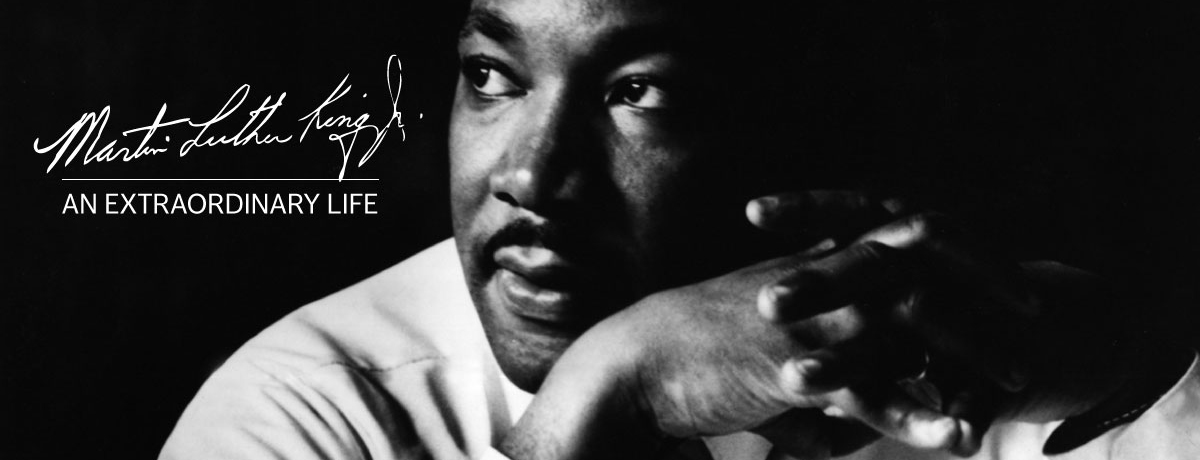Lesson plan
The Seattle Times’ Newspapers In Education program has prepared a variety of activities that look at Martin Luther King’s philosophy.
Timelines
Martin Luther King Jr. had an amazing life that spanned over three decades. Within that time, King changed our world. Have students research his life and create a timeline of events that they think are significant.
Next, have students interview a family member, friend or neighbor who was alive during that same time period. Have students record his or her significant events on the same timeline they created for King
Then, have students identify four events of significance in their own lifetime. They will be adding two of them to a class timeline. As a class, create a timeline that includes at least two events from each student’s family history. Include the King events on your class timeline. You may want to highlight those so as to distinguish between his and others.
Discuss the following questions as a group:
- What are the shared experiences of those interviewed?
- What are some differences between the experiences of those interviewed – how could you categorize them? Race, class, gender, age, urban/rural, etc.
- What voice is missing from this timeline? Why? What does it tell you about your school community and its diversity?
- How have we changed? How have we not changed?
- Has our nation grown?
Is King’s dream our reality?
One of King’s most famous speeches is “I Have a Dream.” In it, King describes his vision for the United States. Have students read this speech in groups.
Have each group identify five items that King visualizes for the U.S. Then, have students search through the Sunday newspaper for articles and ads that illustrate those five items. Do the articles/ads provide witness to the realization of King’s dream?
Discuss the findings as a group – be sure to challenge students’ assumptions using some of the headlines from the newspaper. After the discussion, have students write a 500-word opinion article that defends their own opinion on the issue.
Today’s leaders
Using King as a prototype, have students brainstorm a list of leadership traits and skills. Record these adjectives on the board or on a large piece of paper.
Have students, in groups of 3 or 4, identify the top five leadership traits a U.S. president should possess from your brainstorm list. Each group should record these traits on a large piece of paper and provide reasons the president needs them.
Next, have students peruse the Sunday newspaper looking for articles about the presidential candidates. They should read each article looking for the leadership traits of each candidate.
Have each group rate the leadership qualities of each candidate. They must come to a consensus on this rating. 1 = Very Poor, 2 = Poor, 3 = Average, 4 = Good and 5 = Excellent.
Each group should “endorse” a candidate and prepare a brief speech regarding the leadership traits of that candidate.
Learning from history
Have students look for additional articles in the newspaper that discuss King and his legacy. Then, have them summarize it using the 5W and H method (who, what, where, when, why important and how it relates to their lives).
MLK Speeches
Place students in groups of 3 or 4 and distribute one of King’s speeches to each group (each student should have his or her own copy).
Ask the students to read the speech silently and then discuss it with each other for about 15 minutes. Someone in the group should keep notes of the conversation for reporting back to the larger group.
Near the end of the class, have representatives from each group stand up to summarize the article and provide the larger group with highlights of their discussion.
As the students leave your room, have them write one thing they learned from this activity on a post-it. Collect them as they leave class. Review them and find out what your students learned from you today!

